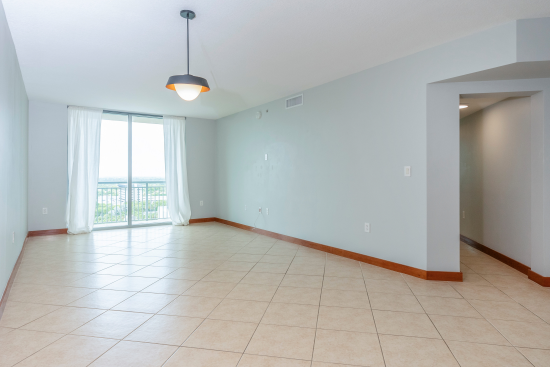Selling a Miami home can be a rollercoaster of emotions, especially when it's not getting the attention or offers you expected.
Recognizing the drawbacks of overpricing and the benefits of accurate pricing is crucial for closing a successful sale. If your property isn't generating much interest, it might be time to have a chat with your real estate agent about making some strategic pricing adjustments.
One effective approach is revising the listing price to better align with local market conditions in the specific neighborhood and what
buyers are willing to pay.
However, simply lowering the price a bit might not always do the trick.
Adjustments that don’t shift the property into a new buyer price segment often fall flat. Just nudging the price within the same range can leave the property lingering on the market without much impact.
To illustrate, let's take an example from the competitive Miami real estate scene.
Picture a 3-bedroom, 2-bathroom townhome in Kendall priced at $509,000. Lowering it slightly to $505,000 may not have a significant impact, as it targets the same pool of potential buyers in that price range.
Now, if you lower the price more substantially to $499,000, you might catch the eye of new buyers who were hesitant about anything over $500,000. This kind of adjustment taps into pricing psychology, making the property seem more affordable and offering better value, which can encourage potential buyers to take a closer look and maybe even make an offer.
Of course, it's essential to balance this with protecting your property’s value and ensuring the price still meets your financial goals. In slower markets or highly competitive areas, a significant price drop could be just what’s needed to spark renewed interest and get the sale moving.
Beyond pricing, there are other reasons why a property might not be selling. Here are my top three:
1.
Poor Presentation and Staging
- First Impressions Matter: If the outside of your home looks neglected or outdated, potential buyers might not even bother to step inside.
- Cluttered or Personalized Interiors: Too much personal decor or clutter can make it hard for buyers to imagine themselves living there.When selling, remember your're showcasing space and storage. It helps to remove extra furniture and knick-knacks.
- Homeowner Presence During Showings: A major drawback is when the seller and pets are present during a showing. It's best to plan to be away, allowing buyers to feel more comfortable as they explore freely and imagine themselves living in the space.
- Low-Quality Photos and Marketing: Most buyers start their search online. If your listing photos aren’t great or the marketing is lackluster, it can seriously hurt your chances. High-quality images and staging can make a significant difference in attracting buyers.
Take a look athe pictures below. Which of these living room images catches your eye?


The living room picture with furniture set-up really grabs your attention, and it’s more likely to attract showing requests compared to the one without furniture. Buyers need to see the potential of the space and how they could make it their own.
2.
Location and Neighborhood Concerns
- Safety Issues: If your home is in an area perceived as unsafe, buyers might be wary.
- School Districts: Families with children often prioritize good school districts. A less desirable school district can be a big turn-off.
- Lack of Amenities:Proximity to shopping, dining, parks, and public transportation can significantly influence a buyer’s decision. Homes far from these conveniences might struggle to attract interest.
3.
Market Conditions and Timing
- Seasonal Fluctuations: The real estate market can slow down during certain times of the year, like winter holidays or peak vacation seasons.
- High Inventory Levels: In a buyer’s market, where there are more homes for sale than buyers, it can be tougher to sell your property.
- Economic Factors: Economic downturns, interest rate hikes, or changes in local employment rates can impact buyers’ ability or willingness to purchase.
Addressing these factors, along with accurate pricing, can significantly improve your chances of selling your property quickly and at a good price.
If you’re thinking about selling your home in Miami and not currently working with another Realtor, consider partnering with an experienced, full-time real estate professional. I can provide the insights and expertise needed to price your property correctly and overcome any obstacles to a sale. Contact me today to learn how I can take your property from "For Sale" to "Sold" in the Miami real estate market.
About the Author: Liz Kenneally is a seasoned real estate agent in Miami with extensive experience in the city's dynamic market. She is also licensed in community association management. Liz specializes in coveted neighborhoods of Coral Gables, Dadeland, Continental Park, East Kendall, Palmetto Bay, Pinecrest, South Miami, and The Falls, Liz ensures smooth transactions for her diverse clientele. Fluent in both English and Spanish, she can be contacted at 786-423-3348 or through the EMAIL AGENT form provided alongside this blog.